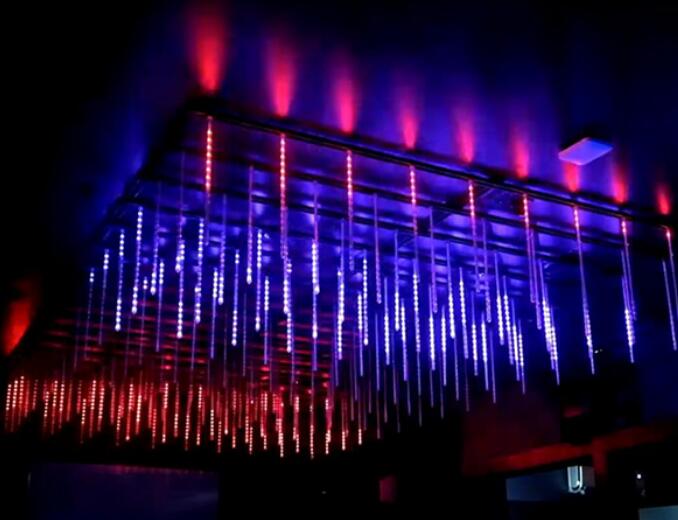LED neon and traditional neon lights differ in several key aspects, including their composition, energy efficiency, durability, and environmental impact. Here's a detailed comparison:

Composition and Light Source
-
Traditional Neon: Uses glass tubes filled with neon gas (or other gases like argon or krypton) and a small amount of mercury. When an electric current passes through the gas, it emits light. The color of the light depends on the type of gas and the coating inside the tube.
-
LED Neon: Uses flexible PVC or silicone tubes with light-emitting diodes (LEDs) inside. The LEDs emit light when an electric current passes through them. The color is determined by the type of LED used, and the tube can be colored or clear.
Energy Efficiency
-
Traditional Neon: Less energy-efficient compared to LEDs. It requires high voltage to operate, which leads to higher energy consumption.
-
LED Neon: Highly energy-efficient. LEDs consume significantly less power and operate at lower voltages.
Durability and Maintenance
-
Traditional Neon: Fragile due to the glass tubes, which can break easily. Requires more maintenance because the gas can leak, and the tubes can become less efficient over time.
-
LED Neon: More durable and flexible. The PVC or silicone tubes are resistant to breakage and can withstand more wear and tear. Requires less maintenance as LEDs have a longer lifespan and are less prone to failure.
Environmental Impact
-
Traditional Neon: Contains gases like neon or argon and small amounts of mercury, which can be harmful to the environment if not disposed of properly. Higher energy consumption also contributes to a larger carbon footprint.
-
LED Neon: More environmentally friendly. LEDs do not contain hazardous gases and have a lower energy consumption, leading to a smaller carbon footprint.
Brightness and Color Range
-
Traditional Neon: Produces a soft, warm glow that is hard to replicate exactly with LEDs. The color range is somewhat limited by the types of gases and coatings available.
-
LED Neon: Can produce a wide range of bright and vivid colors, including RGB options that allow for changing colors and dynamic lighting effects. The light can be more intense and consistent compared to traditional neon.
Cost
-
Traditional Neon: Typically more expensive to install and maintain due to the fragile nature of the glass tubes and the need for high-voltage transformers.
-
LED Neon: Generally cheaper in the long run due to lower energy costs, reduced maintenance, and longer lifespan. Initial installation costs can also be lower, especially for large-scale or custom designs.
Applications
-
Traditional Neon: Often used for classic signage, art installations, and applications where the nostalgic or vintage aesthetic is desired.
-
LED Neon: Used in a wide range of applications, from modern signage and architectural lighting to interior design and decorative lighting, due to its versatility and energy efficiency.
In summary, while traditional neon lights offer a unique and classic aesthetic, LED neon lights provide a more modern, durable, and energy-efficient alternative that is also more environmentally friendly.


